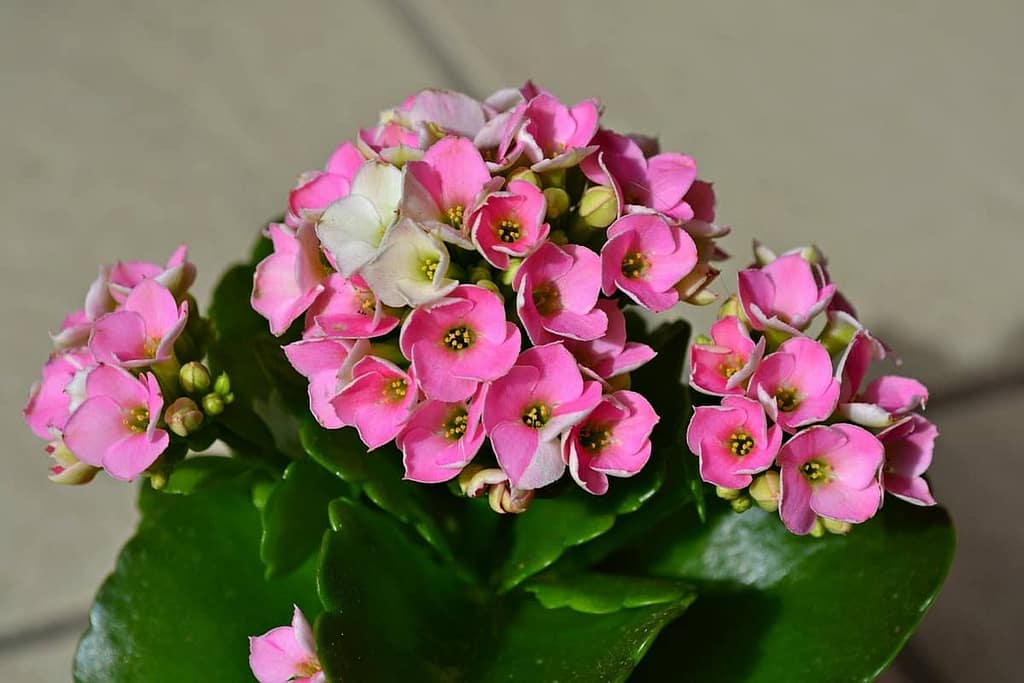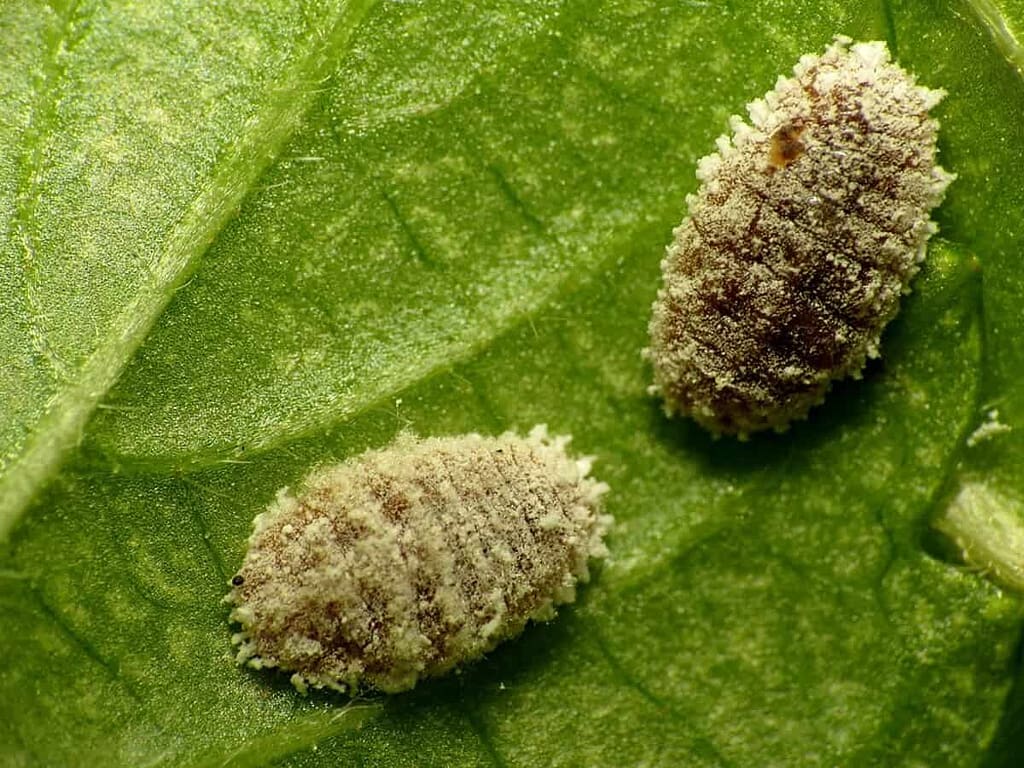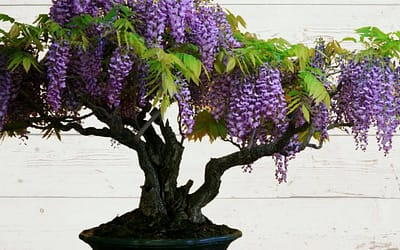Kalanchoe is a fascinating genus of around 125 species of tropical, succulent plants belonging to the stonecrop family, Crassulaceae. Most of these resilient beauties hail from tropical Africa and Madagascar, bringing a sentimental touch to your garden or home.
Did you know that a Kalanchoe species made its mark in history by being one of the first plants to travel to space? In 1979, it journeyed on a resupply mission to the Soviet Salyut 1 space station, proving that even succulents have an adventurous side!
When it comes to light, most Kalanchoes thrive with 6–8 hours of sunlight a day. However, a few species are more delicate, preferring bright, indirect light to bright shade to maintain their vibrant health.
- Kalanchoe: The Low-Maintenance Marvel for Your Home and Garden
- Nurturing Your Kalanchoe: A Simple Guide
- Propagating Kalanchoe Plants: A Comprehensive Guide
- Potting and Repotting
- Caring for Your Kalanchoe Plants
- How to Encourage Your Kalanchoe to Bloom
- Common Kalanchoe Problems and Solutions
- Frequently Asked Questions
Kalanchoe: The Low-Maintenance Marvel for Your Home and Garden

Kalanchoe is a beloved houseplant, cherished for its drought tolerance and easy-care requirements. With ideal bright lighting, this resilient succulent needs water only about every other week, making it perfect for busy plant enthusiasts.
In tropical and subtropical climates, Kalanchoe plants thrive outdoors year-round as perennials. Meanwhile, in colder regions, it thrives as an indoor plant, brightening up your space year-round. With the right care, Kalanchoe can rebloom indoors for decades, providing long-lasting beauty.
A word of caution for pet owners: Kalanchoe is toxic to cats and dogs if ingested. So, keep it out of reach of your furry friends to ensure their safety.
Kalanchoe: The Perfect Plant for Indoors or Outdoors?
Kalanchoe plants suit both indoor and outdoor environments.
In tropical and subtropical regions, this versatile plant thrives outdoors as a perennial, adding vibrant color to gardens. In cooler climates, Kalanchoe is typically grown as an indoor plant, where it can brighten up your living space with its beautiful blooms. With proper care, it can rebloom indoors for many years, making it a favorite among houseplant enthusiasts.
So, whether you have a sunny garden or a cozy windowsill, Kalanchoe can adapt and flourish, bringing greenery and cheer to any setting.
Year-Round Outdoor Planting in USDA Zones 10 – 12
In USDA hardiness zones 10 to 12, Kalanchoe can flourish outdoors year-round, making it an excellent addition to gardens in these areas. However, it’s important to note that these plants do not tolerate temperatures below 55°F well.
Growth Rate: A Patient Plant
Kalanchoes are generally slow growers, taking 2-5 years to reach their full size. Popular varieties like ‘Flaming Katy’ typically mature around 12 inches tall. Paddle plants can grow up to 2 feet tall, while Cathedral Bells and Velvet-Leaf Kalanchoe can reach impressive heights of 5-6 feet indoors.
Outdoor Kalanchoes often grow faster due to increased sunlight and warmer temperatures.
Nurturing Your Kalanchoe: A Simple Guide

Caring for Kalanchoe is a breeze with a few key tips and the right conditions. Here are some growing requirements for Kalanchoe plants:
Light
Indoors, kalanchoe plants thrive in bright, indirect light. For outdoor planting, place them in partial shade to full sun. If planted in full sun, some afternoon shade is ideal to prevent scorching. Watch out for leggy stems, as they indicate insufficient light.
Soil
Outdoors, kalanchoe prefers well-draining, loamy, or sandy soil. For indoor plants, use a well-draining porous mix, such as 50% potting soil and 50% cactus mix, or 60% potting soil and 40% perlite. A clay pot is recommended to help wick away excess moisture and ensure proper drainage.
Temperature and Humidity
Kalanchoe generally thrives in temperatures between 55°F and 80°F. Apart from protecting it from frost, minimal effort is needed to maintain a suitable indoor environment. These plants are adaptable and do not require specific humidity levels.
Propagating Kalanchoe Plants: A Comprehensive Guide

Kalanchoe plants are remarkably easy to propagate at the start of the growing season. You can use seeds, stem-tip cuttings, or leaf cuttings, which can successfully root in either water or soil. Remember, rooting in water may take a bit longer than soil.
We’ve outlined five effective methods for propagating Kalanchoe below. Keep reading for a detailed guide on each technique!
Growing Kalanchoe Plants from Seed: A Step-by-Step Guide
Ready to embark on a rewarding plant-growing journey? Growing Kalanchoe from seed is a fun and fulfilling experience. Utilize this simple guide to embark on your journey:
Materials Needed
Kalanchoe seeds
Rooting container or seed tray
Quality rooting soil
Plastic sheet
Spray bottle
Steps
Prepare the Soil:
1.) Fill your container with quality rooting soil.
2.) Thoroughly moisten the soil.
Sow the Seeds:
1.) Spread the Kalanchoe seeds evenly over the moist soil and cover them slightly with the same soil.
Create a Greenhouse Effect:
1.) Cover the container with a plastic sheet to increase humidity and warmth, which will aid in germination.
Provide Optimal Conditions:
1.) Place the container in a bright, warm location.
2.) Keep the soil consistently moist by gently misting the surface.
Hardening Off Seedlings:
Once the seedlings have germinated and grown substantially, it’s time to gradually acclimate them to outdoor conditions.
Over a two-week period, gradually uncover the plastic sheet to expose the seedlings to more air and light.
Transplanting:
After the hardening-off period, transplant the young Kalanchoe plants into individual pots filled with a well-draining cactus and succulent soil mix.
Continue to provide regular care, including adequate light, water, and well-draining soil.
With patience and care, you can successfully grow your own Kalanchoe plants from seed. Enjoy the satisfaction of nurturing these beautiful succulents from tiny seeds to thriving plants!
How to Propagate Kalanchoe from Leaf Cuttings: A Step-by-Step Guide
Kalanchoe plants are not only beautiful but also incredibly easy to propagate. One of the most popular methods is through leaf cuttings.
Method 1: Water Propagation
Select a Healthy Leaf Cutting: Choose a healthy, mature leaf from your Kalanchoe plant. Ensure the petiole (the stem part) is intact, as this is where new growth will emerge.
Callus formation: Allow the cutting to dry for 1 to 3 days so that a callus can form over the cut end. This helps prevent rot.
You can dip the calloused end of the cutting in a rooting hormone to further encourage root development. This will encourage root development and help the cutting to establish itself faster.
Prepare the Water: Fill a clean jar or glass with water. Alternatively, you can use a propagation station.
Place the Cutting: Submerge the petiole end of the cutting in the water, making sure the leaf blade doesn’t touch the water.
Provide Optimal Conditions: Place the jar in a warm, well-lit location, away from direct sunlight.
Change the Water: Replace the water every 5-7 days to prevent algae growth and keep the water fresh.
Monitor Root Development: Once you see roots forming, it’s time to pot the cutting.
Method 2: Soil Propagation
Prepare the Cutting: Follow steps 1 and 2 from the water propagation method.
Prepare the Soil: Use a well-draining cactus and succulent potting mix.
Plant the Cutting: Insert the petiole end of the cutting into the soil, ensuring the midrib of the leaf also makes contact with the soil. Wrap the setup with a transparent polyethylene cover to increase humidity and accelerate rooting and establishment.
Provide Optimal Conditions: Place the pot in a warm, well-lit location, away from direct sunlight.
Maintain Moisture: Keep the soil slightly moist but make sure that it is not soggy.
Monitor Growth: Once you see new growth emerging, you can transplant the young Kalanchoe into a larger pot.
General Care Tips
Light: Kalanchoe plants thrive in bright, indirect light.
Watering: let the soil dry out a bit between each watering. Overwatering can lead to root rot.
Temperature: Maintain a warm temperature between 65-75°F (18-24°C).
Feed your Kalanchoe monthly during the growing season using a balanced liquid fertilizer diluted to half its recommended strength.
By following these simple steps, you can easily propagate your Kalanchoe plant and enjoy its beauty for years to come.
How to Propagate Kalanchoe from Stem Tip Cuttings
Kalanchoe plants are both stunning and simple to propagate. A popular method for propagating these plants is using stem tip cuttings. Utilize this simple guide to embark on your remarkable cultivation journey:
Method 1: Water Propagation
Take a Stem Tip Cutting: Cut a 4-6 inch stem tip from a healthy, mature Kalanchoe plant. Ensure the cutting has 2-3 leaf nodes.
Prepare the Cutting: Take off the lower leaves and let the cut end dry and form a callus for 1-3 days to avoid rotting.
Dip in Rooting Hormone (Optional): Dip the cut end in a rooting hormone to encourage faster root development.
Place in Water: Immerse the cut end of the cutting in a jar of water or a propagation station, ensuring that the leaves remain above the water’s surface.
Provide Optimal Conditions: Place the jar in a warm, well-lit location, away from direct sunlight.
Change the Water: Replace the water every 5-7 days to prevent algae growth.
Pot the Cutting: Once the cutting has developed a good root system, pot it in a well-draining cactus and succulent potting mix.
Method 2: Soil Propagation
Prepare the Cutting: Follow steps 1, 2, and 3 from the water propagation method.
Prepare the Soil: Use a high-quality, well-draining succulent and cactus potting mix.
Plant the Cutting: Insert the cut end of the cutting into the moist soil and maintain minimum moisture levels. Choose pots with sufficient drainage holes. This helps prevent water logging.
Create a Humid Environment: Cover the pot with a clear plastic bag or dome to increase humidity and speed up rooting and water
Remove the Cover: Once the cutting has rooted and new growth appears, remove the plastic cover.
General Care Tips
Provide Optimal Conditions: Place the pot in a warm, well-lit location, away from direct sunlight.
Watering: Water sparingly. Let the soil dry out a bit between every watering schedule
Temperature: Maintain a warm temperature between 65-75°F (18-24°C).
Fertilizing: Apply a balanced liquid fertilizer to your Kalanchoe once a month during the growing season, ensuring it is diluted to half its recommended strength.
By following these simple steps, you can easily propagate your Kalanchoe plant and enjoy its beauty for years to come.
Potting and Repotting

Unlike many other houseplants, Kalanchoe plants actually love to be repotted! Regular repotting encourages lush, healthy growth and promotes vibrant blooms.
When to Re-pot
Annual Repotting: The best time to repot your Kalanchoe is in the fall after it has finished blooming.
Pot Size: Increase the pot size by one size each time you repot. However, if your plant’s roots aren’t filling the pot, you can simply top-dress with fresh, well-draining soil.
Choosing the Right Pot
Drainage: Opt for a pot with drainage holes to prevent soggy soil, which can lead to root rot.
Material: Clay pots are a great choice as they are porous and allow excess moisture to evaporate.
By following these simple tips, you can ensure your Kalanchoe thrives and continues to produce beautiful blooms for years to come.
Caring for Your Kalanchoe Plants

To keep your Kalanchoe thriving, a little extra care is needed. Here’s a breakdown of essential care tips:
Pruning Your Kalanchoe
Pinch Back: Gently pinch back the stems of your Kalanchoe to encourage bushier growth and more abundant blooms.
Deadheading: Routinely trim off faded flowers to maintain a neat appearance and encourage new blossoms. This is especially important during the plant’s resting period in late winter and early spring.
Fertilizing Your Kalanchoe
Light Feeding: Kalanchoes are not heavy feeders. For outdoor plants, a single light feeding in the spring is sufficient.
Indoor Plants: Indoor Kalanchoes thrive best when given a balanced liquid fertilizer once a month during spring and summer. However, avoid fertilizing during the winter months.
Boosting Blooms: If your Kalanchoe isn’t blooming as much as you’d like, try switching to a fertilizer with a higher phosphorus content.
Overwintering Your Kalanchoe

Prenn, Kalanchoe blossfeldiana var. Calandiva (2), CC BY-SA 3.0
Outdoor Kalanchoe:
In warmer climates (USDA zones 9-11), Kalanchoe plants can often withstand light frosts. However, in colder regions, they will need to be brought indoors.
Move your Kalanchoe indoors before nighttime temperatures drop below 55°F (13°C).
Indoor Kalanchoe:
During the winter months, place your plant in a spot where it will receive bright, indirect light. A south- or west-facing window is ideal. If there isn’t enough natural light, you might use a grow light as an alternative.
Reduce watering during the winter. Ensure the soil is completely dry between waterings to prevent root rot.
By following these simple care tips, you can enjoy your Kalanchoe’s vibrant blooms year-round.
How to Encourage Your Kalanchoe to Bloom

Kalanchoe plants are known for their vibrant, long-lasting blooms. To ensure your Kalanchoe puts on a spectacular show, here are a few tips:
The Secret to Blooming: Light and Darkness
Daytime Light: Kalanchoes thrive in bright, indirect light. Aim for at least 6-8 hours of sunlight daily.
Nighttime Darkness: This is where the magic happens! During the fall and winter, ensure your Kalanchoe gets approximately 14 hours of complete darkness each night for at least six weeks. This crucial period helps the plant gather energy for future blooms and triggers the formation of flower buds.
Around four months later, come springtime, you’ll be rewarded with vibrant bursts of flowers that can last for several weeks. If you carefully manage its exposure to light, these blooms can reappear throughout much of the year.
With proper care and an ideal environment, kalanchoe plants have the potential to flower almost throughout the entire year indoors.
They thrive with bright sunlight during the day, but it’s crucial to avoid harsh direct sunlight, as it can inhibit blooming. Bright, indirect light is the ideal condition for encouraging abundant blossoms.
Encouraging More Blooms
Deadheading: Trim away any spent blooms regularly to promote the growth of new flowers.
Fertilizing: Feed your Kalanchoe with a balanced liquid fertilizer once a month during the growing season. A fertilizer with a higher phosphorus content can help stimulate flower production.
By providing the right amount of light and darkness, and following these simple care tips, you can enjoy your Kalanchoe’s beautiful blooms for months to come.
Common Kalanchoe Problems and Solutions
While Kalanchoe plants are relatively hardy, they can be susceptible to a few common problems.
Overwatering
Symptoms: Yellowing leaves, root rot, and stunted growth.
Solution: Let the soil dry thoroughly between waterings and use a well-draining potting mix to avoid waterlogging.
Pests

Katja Schulz from Washington, D. C., USA, Mealybugs – Flickr – treegrow, CC BY 2.0
Mealybugs, Scale, Aphids, and other sucking insects: These pests can infest Kalanchoe plants, especially those grown outdoors.
Solution: Inspect your plant regularly for signs of infestation. If you find any pests, treat them with neem oil or insecticidal soaps. For a quick and effective solution, you can also use a diluted rubbing alcohol solution.
By being mindful of these common issues and taking preventative measures, you can keep your Kalanchoe healthy and thriving.
Frequently Asked Questions
Kalanchoe is a versatile plant that thrives in both indoor and outdoor settings. In warm climates, it flourishes outdoors as a perennial, while in cooler regions, it makes a delightful houseplant. With proper care, Kalanchoe can bloom indoors for many years, adding a touch of beauty to your home.
Kalanchoes are a well-known perennial that can regrow each year in the right climate. They flourish in USDA hardiness zones 8-10 but cannot survive prolonged exposure to temperatures below 40°F. Even when grown indoors, kalanchoe plants continue to bloom annually!
Kalanchoe is a popular and attractive houseplant, known for its vibrant flowers in different shades. While it belongs to a group of plants containing cardiac toxins (bufadienolides), ingestion by cats or dogs typically leads to gastrointestinal upset or irritation rather than severe poisoning.
Pruning is key to maintaining a healthy and attractive Kalanchoe. By removing faded flowers and dead leaves, you help the plant conserve energy, allowing it to focus on producing healthy foliage and vibrant new blooms.
Kalanchoe is an ideal plant for pots, whether kept indoors or outdoors. To ensure healthy growth, plant it in well-draining soil in a clay pot and place it in a location with plenty of indirect light. During the winter, provide six weeks of complete darkness (about 14 hours per night) to encourage blooming in the spring.
Curious Contemplations
A Nutty Endeavor: The Art of Growing Pistachio Trees
Wisteria Bonsai: A Tiny Treasure




